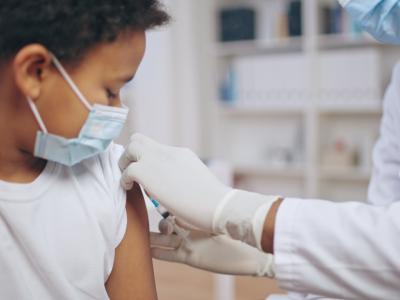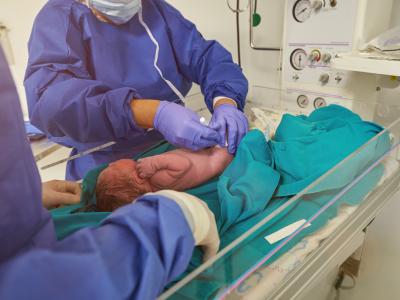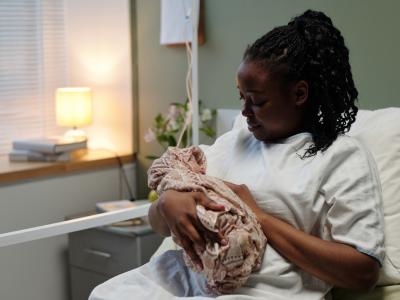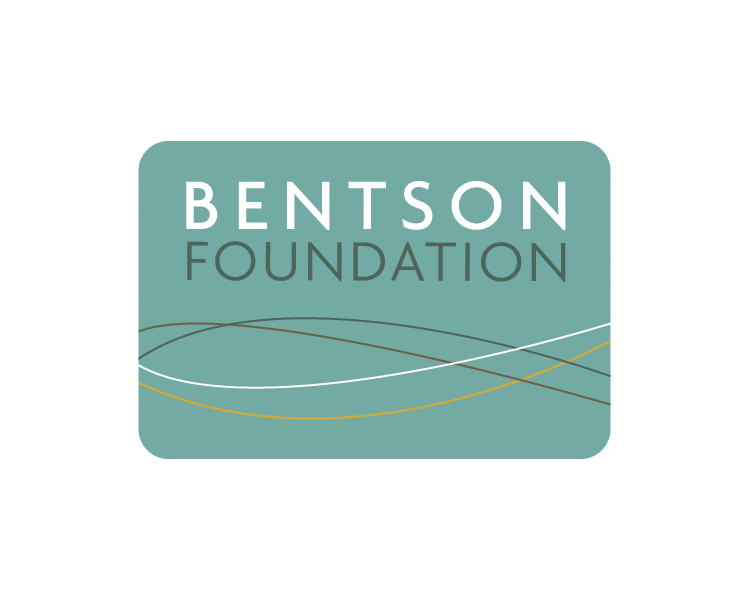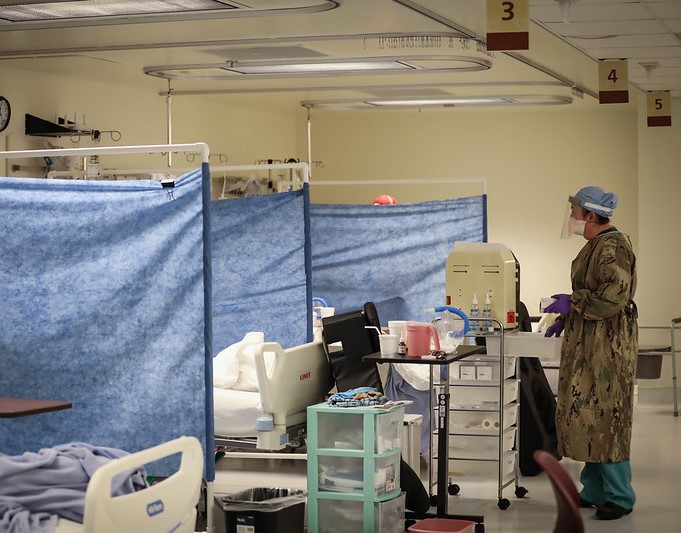
Yesterday JAMA Internal Medicine published a study of more than 200,000 US veterans infected with COVID-19 demonstrating that the excess mortality risk from acute infection diminished within 6 months of initial diagnosis.
The study was based on health record data from 208,061 patients seen at Veterans Affairs hospitals for initial COVID-19 infections from March 2020 to April 2021. Mortality outcomes among case-patients were compared to 1,037,423 matched uninfected peers.
Of the veterans with COVID-19, 46,902 (22.5%) were hospitalized within 7 days of their infection; 12,626 (1.2%) comparators were also hospitalized.
Initial death rate almost 9%
Though the unadjusted mortality rate for veterans with COVID was 8.7% during the 2-year period after the initial infection, compared with 4.1% among uninfected comparators, adjusted analyses showed the hazard ratio for death dropped by 180 days post-infection, or 6 months.
The risk of excess death was highest on days 0 to 90 after infection (adjusted hazard of death ratio [aHR], 6.36; 95% confidence interval [CI], 6.20 to 6.51) and declined on days 91 to 180 (aHR, 1.18; 95% CI, 1.12 to 1.23).
"Those who survived COVID-19 had lower mortality (greater survival rates) on days 181 to 365 (aHR, 0.92; 95% CI, 0.89-0.95), and 366 to 730 (aHR, 0.89; 95% CI, 0.85-0.92) than their matched comparators," the authors wrote. "The mortality rate by day 730 was 0.81% among Veterans who survived COVID-19 through day 365, in contrast with 0.94% among their comparators in the same interval."
The authors said this study adds complexity to the understanding of how COVID-19 affects long-term health.
"These results may suggest that for ongoing care after COVID-19, especially among those not initially hospitalized for COVID-19, efforts that focus on increasing survival may be less relevant than approaches addressing the needs of individual survivors," the authors concluded.
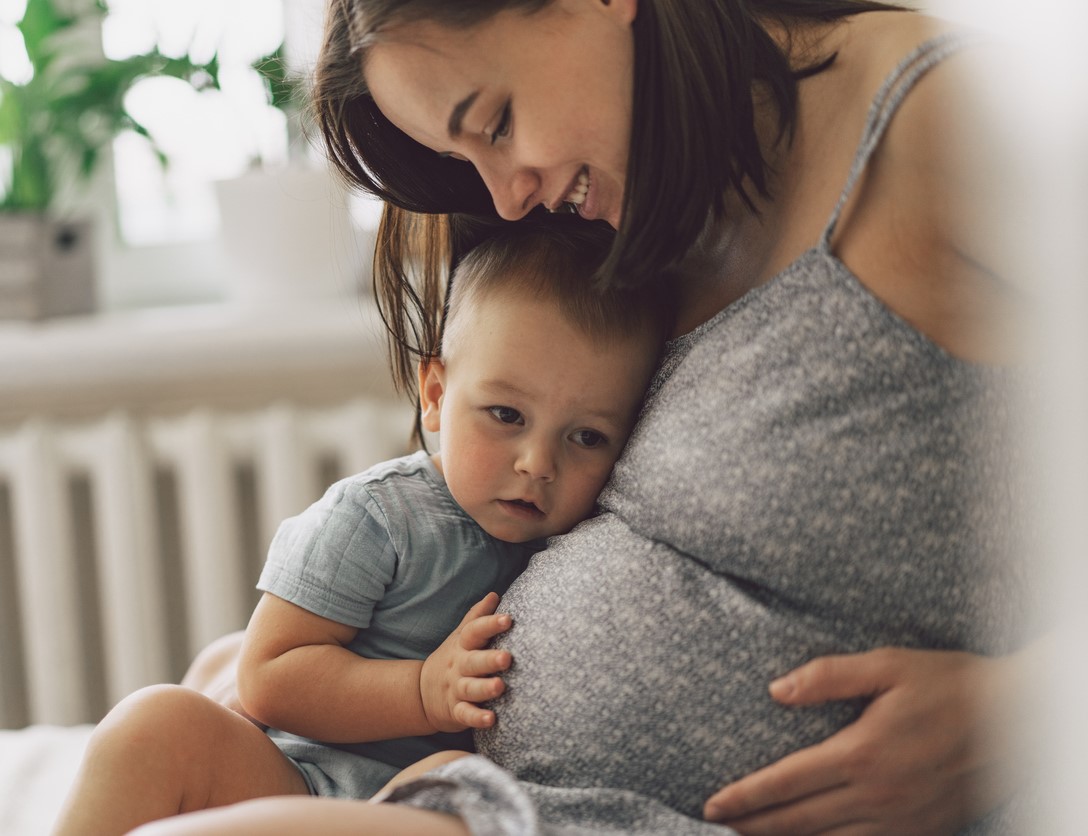 The US Food and Drug Administration (FDA) yesterday
The US Food and Drug Administration (FDA) yesterday 
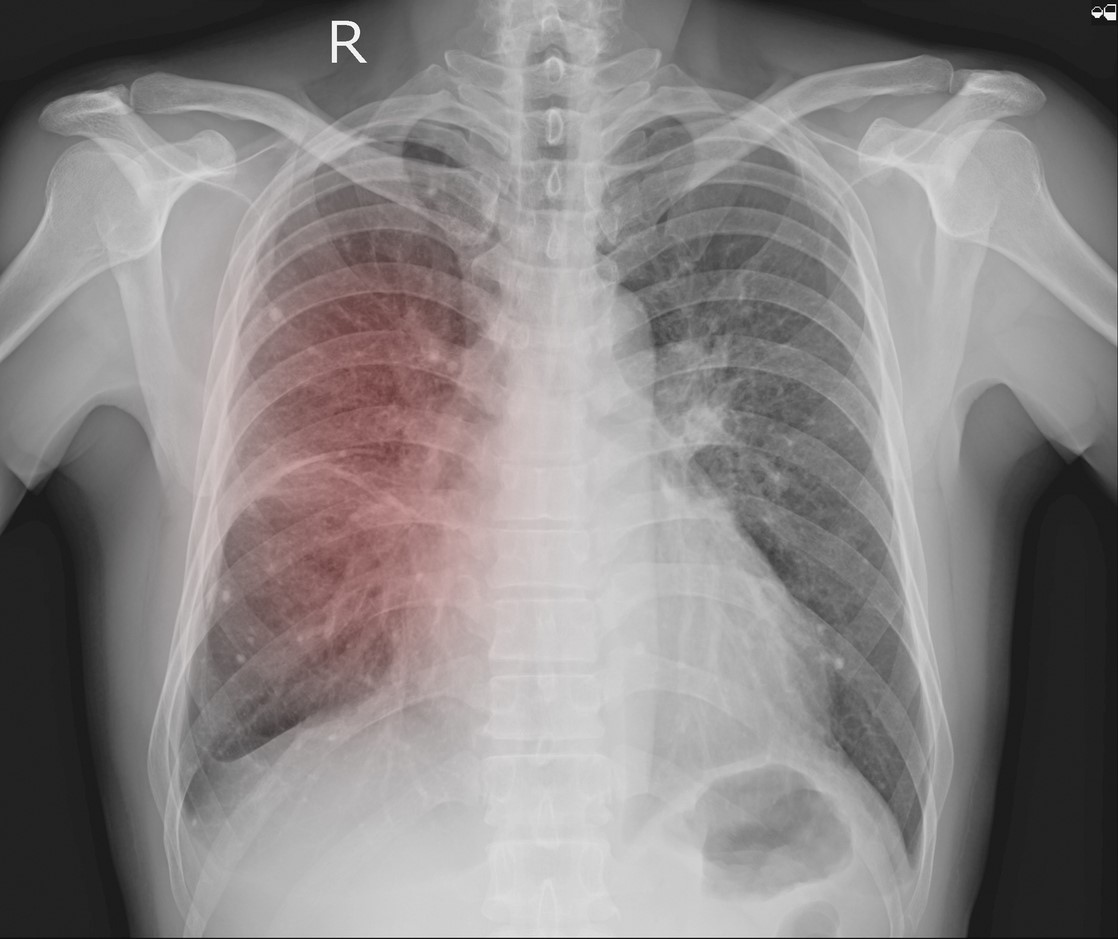 University of Chicago researchers report that they have built a deep-learning (artificial intelligence [AI]) model that can evaluate chest x-rays (CXRs) to predict whether COVID-19 patients will need intensive care, aiding triage and hospital resource allocation during patient surges.
University of Chicago researchers report that they have built a deep-learning (artificial intelligence [AI]) model that can evaluate chest x-rays (CXRs) to predict whether COVID-19 patients will need intensive care, aiding triage and hospital resource allocation during patient surges.